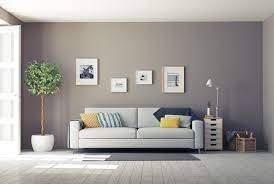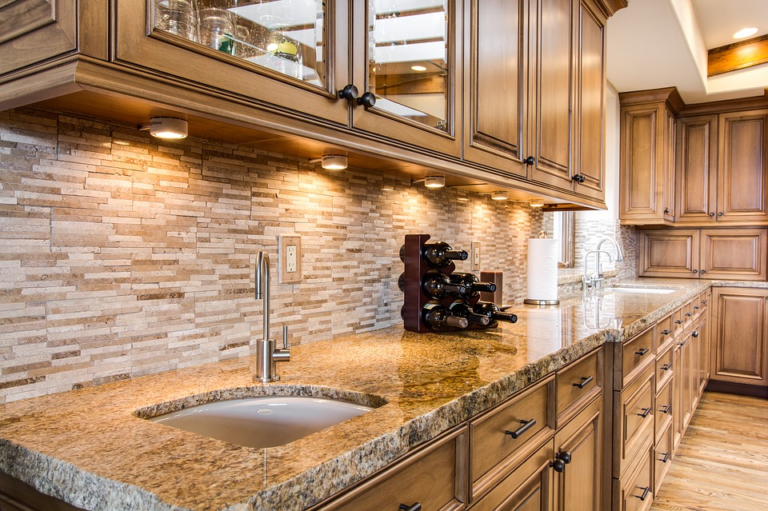Choosing the perfect paint color for your living room can seem like a daunting task, but with the right approach, it can be a fun and rewarding experience. The color you choose sets the tone for the entire space, influencing the mood, ambiance, and overall feel of the room. From calming neutrals to bold statement hues, there are endless possibilities to explore when it comes to paint colors for your living room. Here’s how to find the perfect shade to suit your style and space.
Introduction
The color of your living room walls plays a crucial role in defining the atmosphere and ambiance of the space. Whether you’re aiming for a cozy retreat or a vibrant gathering spot, choosing the right paint color is essential to achieving your desired look and feel.
Understanding Color Psychology
Color psychology explores how different colors can affect our emotions, mood, and behavior. When choosing a paint color for your living room, consider the atmosphere you want to create. Soft, soothing tones like blues and greens promote relaxation, while warm, inviting hues like yellows and oranges energize the space.
Assessing Room Size and Lighting
The size and lighting of your living room can influence how paint colors appear on the walls. In smaller rooms, lighter shades can help create a sense of space and airiness, while darker colors can make a larger room feel cozier and more intimate. Consider how natural and artificial light sources will interact with your chosen paint color throughout the day.
Considering Existing Decor and Furniture
Take stock of your existing furniture and decor when selecting a paint color for your living room. Choose a hue that complements your furnishings and accent pieces, creating a cohesive color scheme that ties the room together. Neutral tones like whites, grays, and beiges are versatile options that pair well with a variety of decor styles.
Testing Paint Samples
Before committing to a paint color, it’s crucial to test samples in your living room. Paint swatches can look very different once applied to the walls, so take the time to paint large patches and observe how the color changes throughout the day in different lighting conditions. This will help you avoid any unpleasant surprises once the entire room is painted.
Balancing Warm and Cool Tones
Understanding the difference between warm and cool colors can help you create a balanced color palette in your living room. Warm tones like reds, oranges, and yellows add coziness and intimacy, while cool tones like blues and greens evoke a sense of calm and serenity. Consider mixing warm and cool tones to create visual interest and depth in the room.
Opting for Neutrals vs. Bold Colors
Neutral paint colors are timeless and versatile, making them a popular choice for living rooms. Shades of white, gray, and beige provide a neutral backdrop that allows you to experiment with bold accent colors through furniture, artwork, and accessories. If you’re feeling adventurous, consider painting an accent wall or ceiling in a bold, statement-making color to add drama and personality to the space.
Reflecting Personal Style
Your living room should reflect your personal style and taste, so don’t be afraid to choose a paint color that speaks to you. Whether you prefer soft pastels, earthy naturals, or vibrant jewel tones, the most important thing is that you feel comfortable and happy in your space. Experiment with different colors until you find the perfect match for your personality and lifestyle.
Considering Long-Term Trends
While it’s essential to choose a paint color that you love, it’s also worth considering long-term trends and how they may influence your decision. Opting for timeless, classic colors that stand the test of time ensures that your living room will look stylish and relevant for years to come, regardless of changing design fads.
Seeking Inspiration
If you’re feeling stuck or overwhelmed, look for inspiration in home decor magazines, websites, and social media platforms like Pinterest and Instagram. Create a mood board of paint color ideas and interior design styles that resonate with you, then use it as a reference point when selecting your living room paint color.
Utilizing Paint Finishes
The finish you choose for your paint can significantly impact the overall look and feel of your living room. Matte finishes have a flat, velvety appearance that hides imperfections but can be challenging to clean. Satin and eggshell finishes offer a subtle sheen that is easy to clean and maintain, making them ideal for high-traffic areas like living rooms.
Addressing Common Challenges
If your living room has unique architectural features or layout challenges, such as low ceilings or awkward angles, paint color can help mitigate these issues. Lighter colors can make low ceilings appear higher, while strategic paint placement can draw attention away from less desirable aspects of the room.
Creating Visual Flow
To create visual continuity and flow throughout your home, consider using the same or complementary paint colors in adjoining rooms. This creates a seamless transition from one space to the next, enhancing the overall flow and coherence of your home’s design.
Seeking Professional Advice
If you’re still unsure about which paint color to choose, don’t hesitate to seek professional advice. Interior designers and paint specialists can offer valuable insights and recommendations based on your personal style, preferences, and living room layout.
Conclusion
Choosing the right paint color for your living room is an important decision that requires careful consideration and planning. By understanding the principles of color psychology, assessing your room’s size and lighting, and considering factors like existing decor and personal style, you can select a paint color that enhances the beauty and functionality of your space. Trust your instincts, seek inspiration, and enjoy the process of transforming your living room into a welcoming and stylish retreat.






